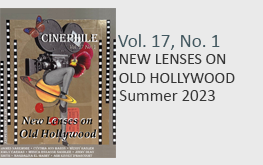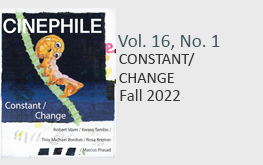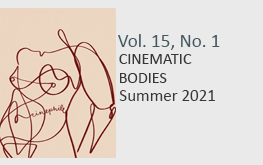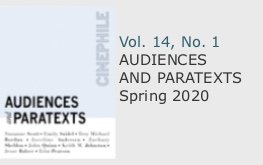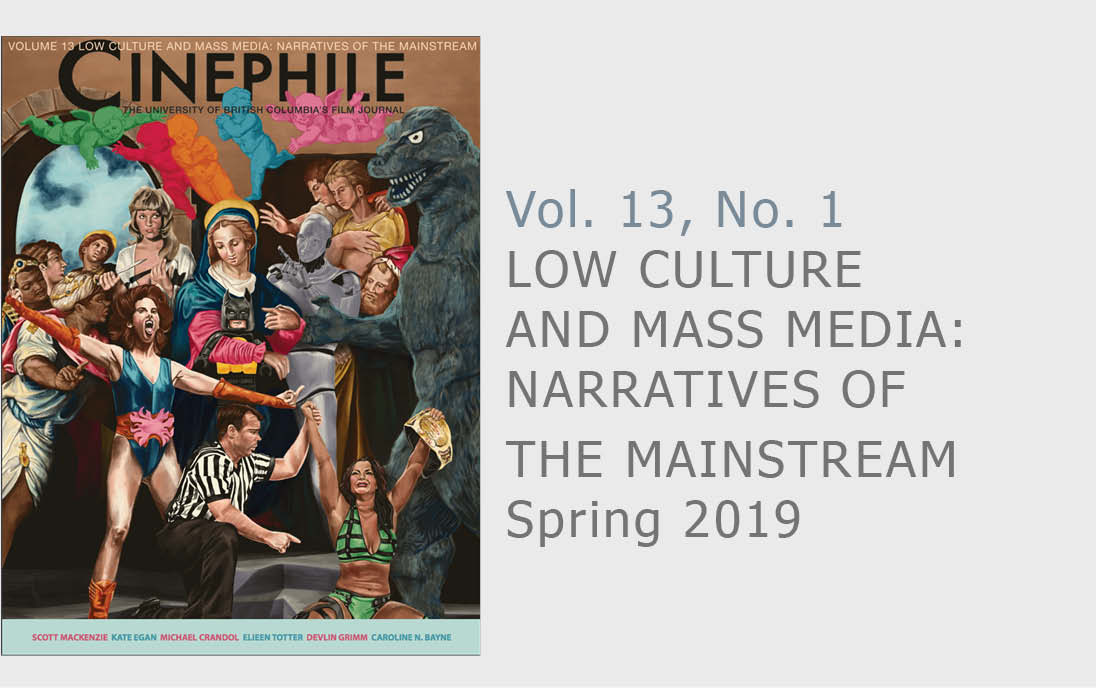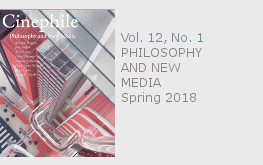UPCOMING ISSUE: 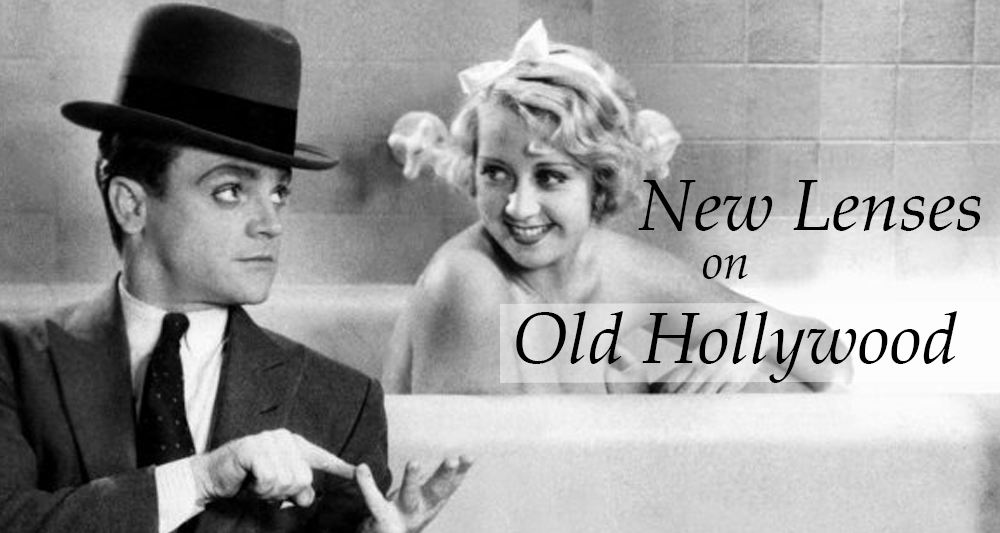
Cinephile 17.1 — New Lenses on Old Hollywood
No matter how many years have passed since the end of the Golden Age of Hollywood, this era never seems to leave the popular imagination. James Dean and Judy Garland remain household names; modern celebrities still seek to emulate the glamour of this bygone time; and audiences still go to see contemporary biopics and television shows about stars such as Marilyn Monroe, Joan Crawford, and Bette Davis. There is something about this moment in American moviemaking that grabbed the public’s attention and has never let go, even as the larger cinematic landscape continues to change dramatically.
Two of the many complex and interlinked ways to conceive of this phenomenon are as follows: One, more positive, approach is that the stars and films of this era spoke to their audiences in a specific way, one that resonates today because entertainment has become so much more polarized since the Golden Age. Star studies scholar Richard Dyer argues that the most successful stars of this past era were able to balance socially acceptable qualities with taboo ones, and larger film narratives acted similarly, confronting pressing social issues while simultaneously reassuring viewers with endings that restored the accepted social order. In our contemporary era, where there are increasingly uncrossable political lines dividing many of our societies across the globe, the idea that great social strife can end in reunification is comforting. This is, perhaps, one reason why these stars and films act as a kind of comfort food for many viewers today.
This leads directly into another, less positive, way of viewing the fascination with Hollywood’s Golden Era. This was a time of overwhelming racism, sexism, homophobia, and worker exploitation, all issues that were felt even by Hollywood’s biggest stars. It is fair to argue that looking back on this era with rose-tinted glasses only serves to veil the era’s social problems. Yet, as we look at the news headlines today in 2022, how much has really changed? Much of the social progress attained during this ‘golden’ era and directly after it is being slowly chipped away, so perhaps these old films have more to tell us than we might first suspect.
This issue of Cinephile seeks to answer the question of why the films and stars of the early 1930s through the mid-1960s continue to matter so much to us, and to find new ways to contextualize them in our contemporary moment. In this, it will attempt to find balance between overly positive and overly negative perceptions of Hollywood’s Golden Era, placing new lenses—be these social, political, theoretical, or otherwise—onto these classic films.
Possible topics may include (but are not limited to) the following:
- Golden Age films and/or stars as sources of comforting nostalgia
- The enduring legacies, either positive or negative, of specific films and/or stars from this era
- Applications of contemporary theoretical models to Golden Age films
- The parallels and/or divergences between the entertainment culture of the Golden Age and the one existing today
- Viewership during the Golden Age as compared to contemporary viewership
- Contemporary Hollywood’s efforts to increase positive feelings toward the Golden Age (e.g., production of biopics about and homages to this era, remakes of classic films, theatrical re-releases of classic films, etc.)
- Social and/or technological developments in Hollywood during this era that remain relevant today
- Issues of censorship and/or copyright in contemporary distribution of this era’s films
- Parallels between the Motion Picture Production Code and modern-day film censorship, national ratings boards, etc.
- The use of Golden Age iconography in unexpected modern contexts (e.g., online memes featuring classic stars, household items bearing the faces of Monroe or Dean, etc.)
- New pedagogical approaches to teaching Golden Age films
We encourage submissions from graduate students, postdoctoral researchers, and established scholars. Papers should be between 2,000-3,500 words, follow MLA guidelines, and include a detailed works cited page, as well as a short biography of the author. Submissions should be directed toward SUBMISSIONS@CINEPHILE.CA and general inquiries toward INFO@CINEPHILE.CA.
Submissions are due by January 16th, 2023.
–
Cinephile is the University of British Columbia’s film journal, published with the continued support of the Centre for Cinema Studies. Previous issues have featured original essays by such noted scholars as Lee Edelman, Slavoj Žižek, Paul Wells, Murray Pomerance, Ivone Marguiles, Matt Hills, Barry Keith Grant, K.J. Donnelly, and Sarah Kozloff. Since 2009, the journal has adopted a blind review process and has moved to annual publication. It is available both online and in print via subscription and selected retailers.
Incoming editor: Tamar Hanstke
PREVIOUS ISSUES:
For a list of previous CFPs, click here.

